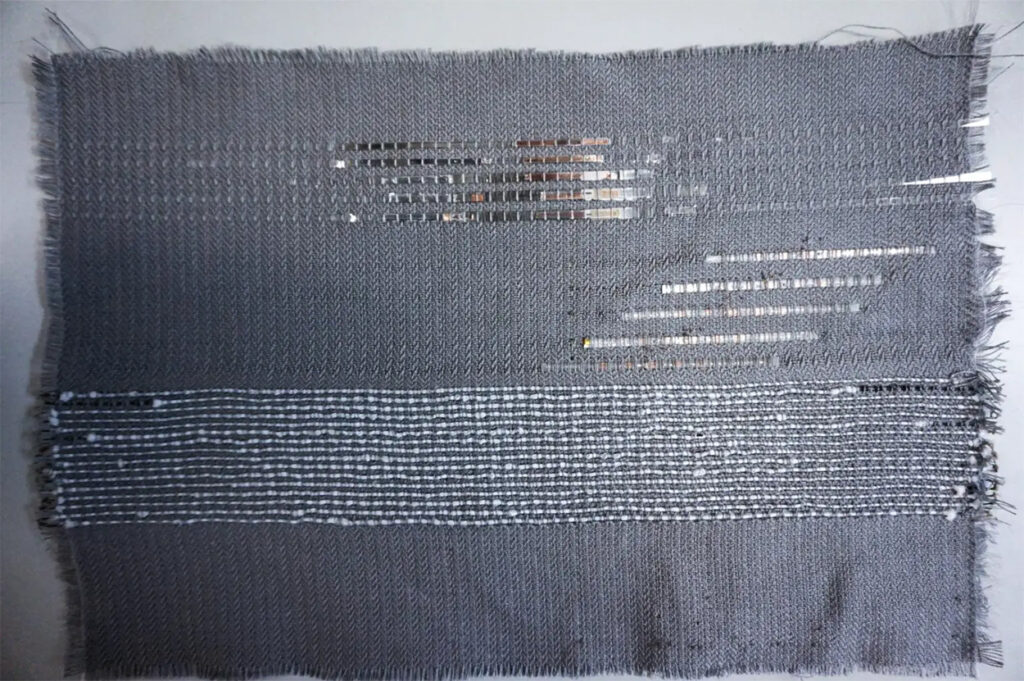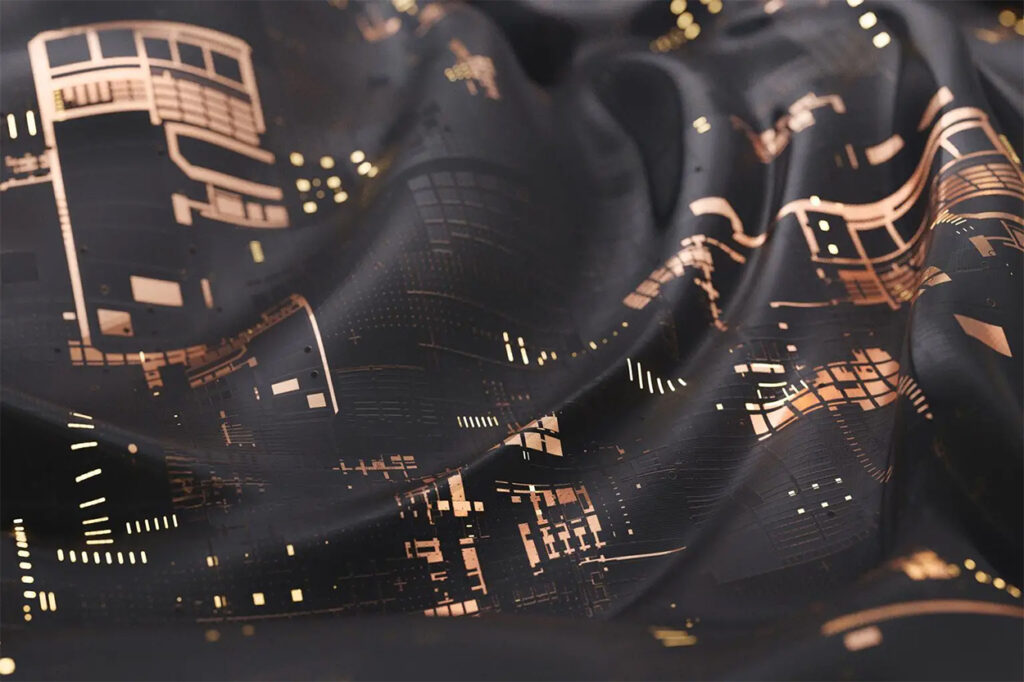Researchers Created Innovative and Cheaper Way to Make Smart Fabrics and Woven Displays
Several “smart” things flood the world today, from smartphones to various smart devices, appliances, entertainment items, smartwatches to personal assistants, and more. Now there are smart fabrics developed by researchers at a university in England.
Woven smart fabric
An international research team from the University of Cambridge published their findings about their new study. They developed a cheaper method to create smart textiles, incorporating storage, energy harvesting, sensors, and LEDs using conventional looms that the textile industry uses.
Using standard industrial looms, they surpassed the limitations in shapes, dimensions, and functionality by weaving energy, sensing, optoelectronic, and electronic fiber components with conventional fibers. The method enables the researchers to create smart textiles without restricting shape and size, providing an alternative to the needs for larger electronics for several sectors, such as construction, fashion, electronics, and automotive.
The researchers collaborated with textile manufacturers to produce test patches of smart textiles. Using standard looms, they can quickly scale up the production size and volume. Another thing they are looking at is the production of large, flexible monitors and displays that are environmentally friendly and inexpensive.
The team had already developed large-sized woven displays, but they created their earlier samples with specialized manual laboratory tools. They can manufacture other smart textiles in facilities specializing in microelectronic fabrication, but this method is expensive and produces more waste products.
Hurdling past limitations
The possibility of creating smart fabrics was already there, and many studies occurred earlier. However, the previous attempts faced limitations in shapes, dimensions, and functionality due to the required specialized manufacturing process. Dr. Sanghyo Lee and Dr. Luigi Occhipinti from the Cambridge Department of Engineering explained that they could produce the textiles in specialized microelectronics facilities but it would need billions in investment. Moreover, the production is limited because they can only create fabrics using rigid wafers typically used to produce integrated circuits, limiting the size to around 30 centimeters. Further, the initial smart textiles lacked practicality because of certain challenges, such as bending, folding, and stretching, that normal fabrics undergo. It isn’t easy to incorporate the durability aspect of traditional fabrics into smart, specialized textiles.
In 2022, some of the same researchers involved in the current study demonstrated that if they coat the fibers they use for smart textiles, they can sustain stretching, making them compatible with the traditional method of weaving cloth. They managed to produce a woven sample of around 46 inches.
Current success
Working on their past study results, the researchers finally developed a smart fabric without limits on its shape or size. They fabricated various types of fabric devices, including transistors, light-emitting diodes, storage devices, and energy. The researchers encapsulated these elements, mixed them with conventional natural or synthetic fibers, and produced them in automatic looms. They interconnected the fabric devices with electrically conductive adhesive and an automated laser welding process.
The research team optimized the process to lessen the damage to the electronic components. The optimization made the smart textiles durable to survive the rigors, including the stretching factor the fabric will undergo during the weaving process.
The researchers find the flexibility of the smart fabric they created excellent. With the study’s excellent results, the team envisions that the smart fabric can lead to future deployment in eco-friendly and sustainable electronics manufacturing platforms and potentially reduce carbon emissions.
Collaborating with textile manufacturers with modern weaving looms, they managed to produce bigger test samples of smart textiles. With the capability of their manufacturing partners, they know they can scale the production and produce large volumes of cheaper and wider smart fabrics. There are no announcements on when the smart fabric will be available commercially.

